Guess the Pollinator | Contest 9
Posted by Kevin Clement
in Of Interest
Here in the midst of the northern summer, with gorgeous flowers blooming all around us, take a moment to consider the reason those blossoms exist. Hint: it’s not for mere human enjoyment. Plants produce those flowers for just one purpose: to attract pollinators.
It often behooves a plant to focus on just one small group, or even a single species. So flowers have evolved to have characteristics that attract their specific partners. Meanwhile, insects (or other creatures that do the job of pollination) have become ever more dependent on specific types of plants. Over millions of years, the two have adapted to suit each other, in a process called co-evolution. The fit is often close enough that you can deduce the pollinator from the characteristics of the pollinatee.
And here is your chance to try. Below you will find pictures of five different types of flowers, along with descriptions of the characteristics of each as they relate to their significant other. You’ll also find a list of the creatures that primarily pollinate these flowers. Your challenge is to match the flower with its pollinator. The matchmaker with the most correct connections wins our prize for the week. So get out there and start pollinating!
Choose from this list of pollinators:
Hummingbirds
Bees
Bats
Moths
Carrion flies
FLOWER #1
- Open in daytime
- Pleasant fragrance
- Offers nectar, pollen, or both as rewards
- Brightly colored, usually blue or purple
- Provides a landing platform on the lower lip of the blossom
What is its primary pollinator?
FLOWER #2
- Open in daytime
- May give out pollen as a reward, or may give nothing
- Brown and/or mottled in color
- Simple, radial flowers—no landing platform provided
- Strong fragrance, but foul—smells like rotting meat
What is its primary pollinator?
FLOWER #3
- Open in daytime, or at least not closed
- Orange or red in color; may have contrasting stripes
- If a floral tube is present, it will be relatively large in diameter
- Ovaries are inferior, meaning situated below the flower (where they are safer)
- No scent
- No landing platform; may hang down at the end of a branch or from a vine
- Produces copious nectar, sugary but thin
What is its primary pollinator?
FLOWER #4
- Big, sturdy flower, with a large, wide-open mouth
- Produces copious thick nectar
- Drab in color, white or cream
- Strong musty smell
- Numerous stamens, arranged in a ring or cluster (like a shaving brush)
- Flowers located on the trunk or a sturdy branch, with no branches or leaves blocking it
- Opens or gives off scent at night
What is its primary pollinator?
FLOWER #5
- Flowers grow in clusters and provide landing platforms
- White or pale in color
- Open late afternoon or at night
- Heavy fragrance
- Produces ample dilute nectar
- Nectar is often deeply hidden, at the end of a long, narrow floral tube
What is its primary pollinator?
TIEBREAKER /BONUS QUESTION: If you found a flower that has all the characteristics of Flower #3 (except that it might provide a landing platform or perch) that was native to Africa, what would its primary pollinator likely be?
Just leave your response in the comments below with your answers. We won’t publish any of the comments until it’s time to select the winner, so don’t worry. No one will see your answers except the Apex team. We’ll announce the winner and publish all the comments on Monday, August 17. Should more than one person respond with the correct answers, we’ll select the first person to have done so as the winner. So don’t delay.
Good luck to everyone!

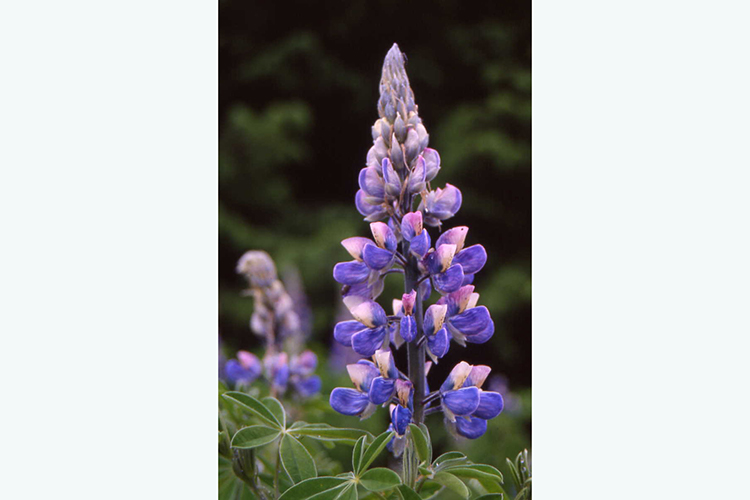
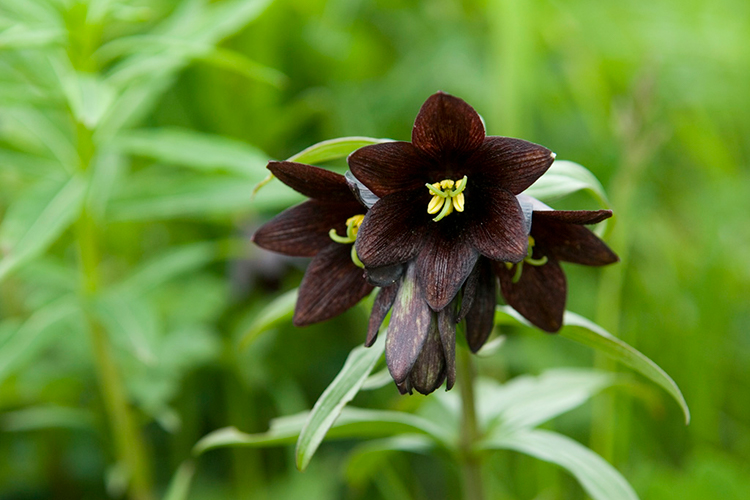
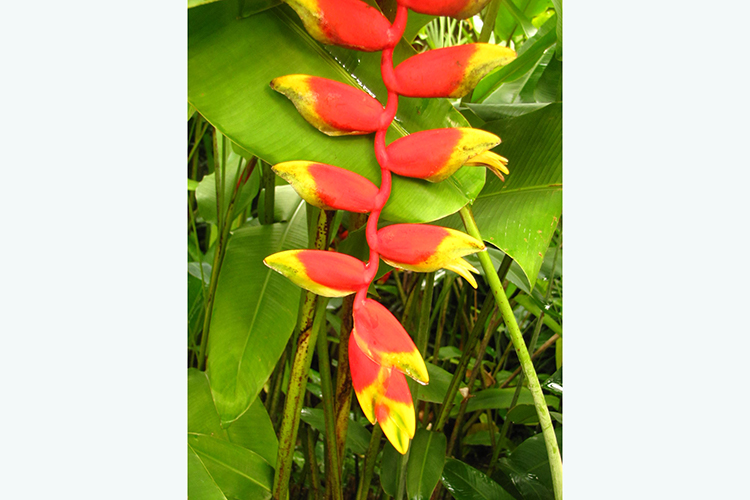
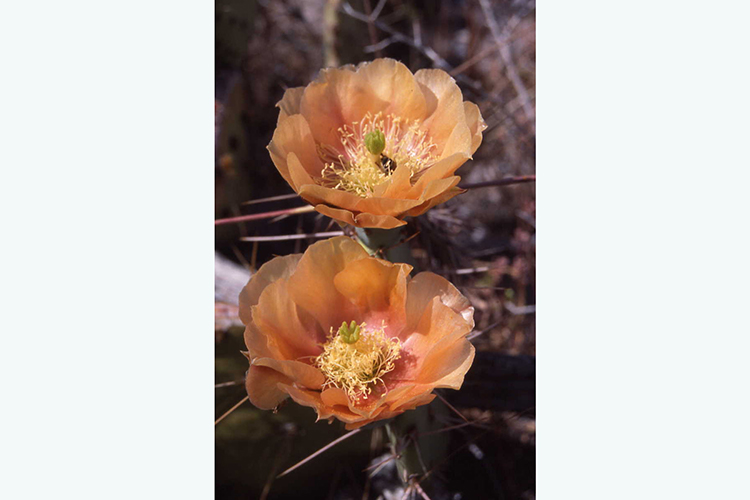
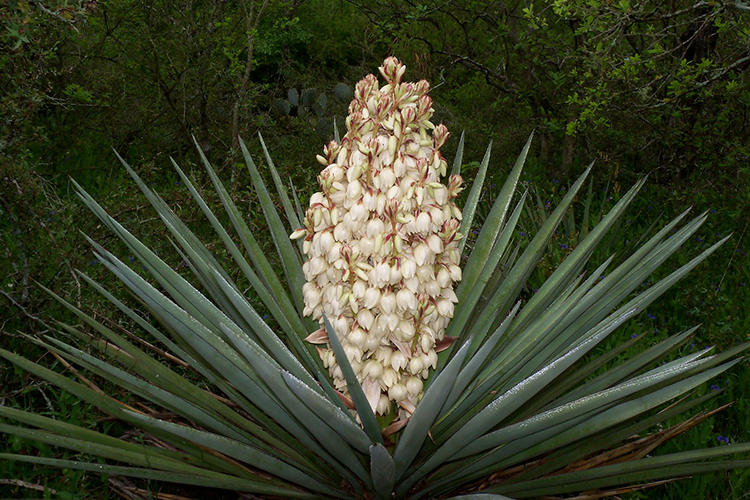
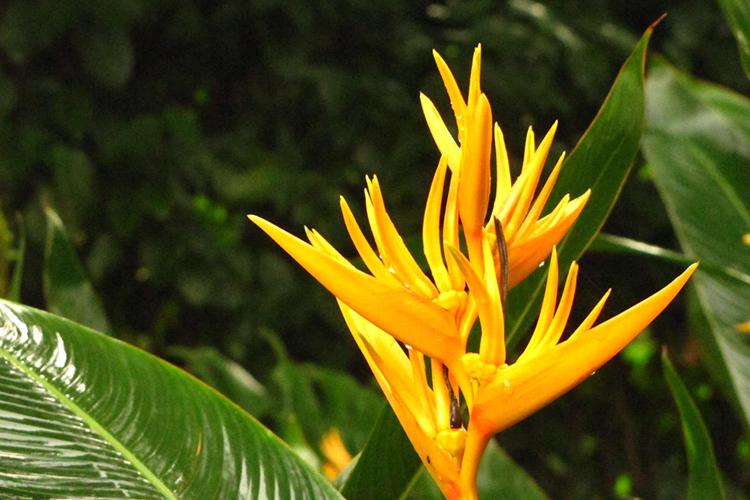
#1: Bee
#2: Carrion Flies
#3: Hummingbirds
#4: Bats
#5: Moths
#6: Bees